CHECK the opposite chart for fitment and adapters – Husqvarna users you will require an GB914 adapater found here for this bar. Medium Stihl you will need GB1214 adapter found here. Large Stihl ie. MS880 users this bar fits direct to your saw – no adapter required. ALL will require a rim sprocket to run this lo pro milling kit – what’s that? Click here to ID your drive sprocket.
Fit your bar and chain and run in – [see picture 8 above for details] and don’t take short cuts – you want your new bar to last or not? 😉
GB extra thin bar designed to run Stihl 3614-63PMX. When entering the world of chainsaw milling the term ‘ripping chain’ can be a bewildering one. Plenty of info online and of course plenty of contradictions to muddy and confuse things. Really ripping chain is simply this – a micro or semi chisel chain filed to 10 degrees instead of the usual 30 degrees. That is it in a nutshell and it really is no more complicated than that as much as people like to say it’s a ‘special chain’. ALL filing principles stay the same EXCEPT for this 10 degree angle [and some people use 5 degrees, some use 15 degrees – why? The sharper the angle the more aggressive the cut but rougher the board – the shallower the angle the less aggressive the cut but the smoother the board].
-
Starting to mill and not read our basic faq milling info? Click here straight away it’ll save you a lot of time and energy in the future.
Using a full chisel chain for ripping timber.
Have tried full chisel ripping timber and unless the timber is very soft ie. redwood soft, it seems to cause a lot of vibration. The manufacturers seem to agree on this point as all ripping chains are converted micro or semi chisel chain. So if you are going to adapt an existing chain don’t adapt a chisel style chain – yes you can make a chain into a ripping chain by making the angle 10 degrees.
Lo pro Ripping Chains
This is another potential internet rabbit hole to venture down only to emerge with more questions than you entered with 😉 But read below before buying/asking these questions.
Stihl 3614-PMX – this chain cuts beautifully out of the box to give a smooth and even board. Developed between Logosol and Stihl this chain is our favourite when it comes to milling timber on an oversize set up.
‘Special Picco longitudinal saw chain with narrow cut and high cutting performance, mainly for use in conjunction with longitudinal cutting devices as well as mobile small sawmills such as Logosol. This semi circular toothed chain is characterized by a low vibration level and soft cutting behaviour.’
Oregon 91R – Better suited for smaller milling rigs ie. 25″(61cm) and under. Depth gauges seem to be overly high to take as much of a ‘bite’ as the Stihl PMX chain.
‘Oregon 91R Low Profile Ripping Chains are specially designed for use with portable chainsaw mills and for all applications where cutting with the grain of the timber is required, rather than across it. Standard chassis and cutter parts are used, the cutter grinding angle is the only difference from standard chains.’
Granberg 3/8 lo pro – Granberg adapted ripping chain does work well however sometimes the adaptation to cutters can be fairly crude and it is more of a nuisance to sharpen.
‘Adapter scoring and clearing cutters enable a faster cut yet maintain a smooth cut face and smooth milling action’. Click here to see the Granberg Ripping Chains to find out more. But again it is not a wonderful chain that will solve all your slow milling issues – it is simply an adapter semi chisel chain.
Pros of lo pro ripping chain:
- Takes a slightly narrower kerf (only 15% less than a 3/8 standard chain)
- Used on a lot of mills as the best chain
- Reduces strain on the powerhead
- Increases milling speed by approx 20%
Cons of lo pro ripping:
- Increased chain stretch even with Stihl PMX
- More expensive
- Chain has less strength than standard 3/8 and .404 – so hit something hard and there is more chance of chain breakage. Heavy handed operators will struggle as there is less margin for sharpening and milling errors
- Less stay sharp ability than the larger chains – larger chains can take more punishment than lo pro chains
So in conclusion – lo pro milling increases milling speed and decreases kerf wastage however there is less margin for errors and as usual for all chainsaw milling your chain sharpening must be spot on. We use it on most of our set ups now.

 text or whatsapp us
text or whatsapp us  orders@chainsawbars.co.uk
orders@chainsawbars.co.uk
 sign me up
sign me up basket
basket ![[S5-NS] HSSA64-50WR 64"[162cm] GB Lo Pro Milling Bar[Single Slot] 3/8 Lo Pro .050 196 drive links](https://www.chainsawbars.co.uk/content/uploads/HSSA64-50WR-64162cm-GB-Lo-Pro-Milling-BarSingle-Slot.jpg)
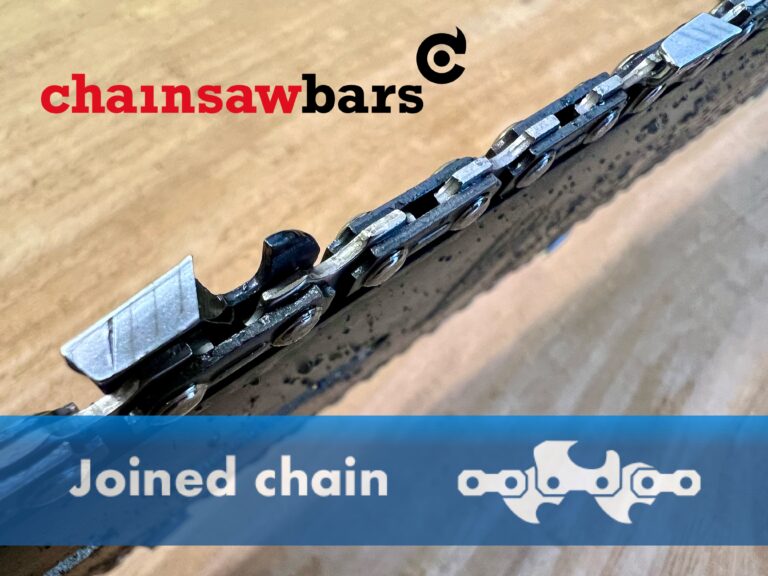
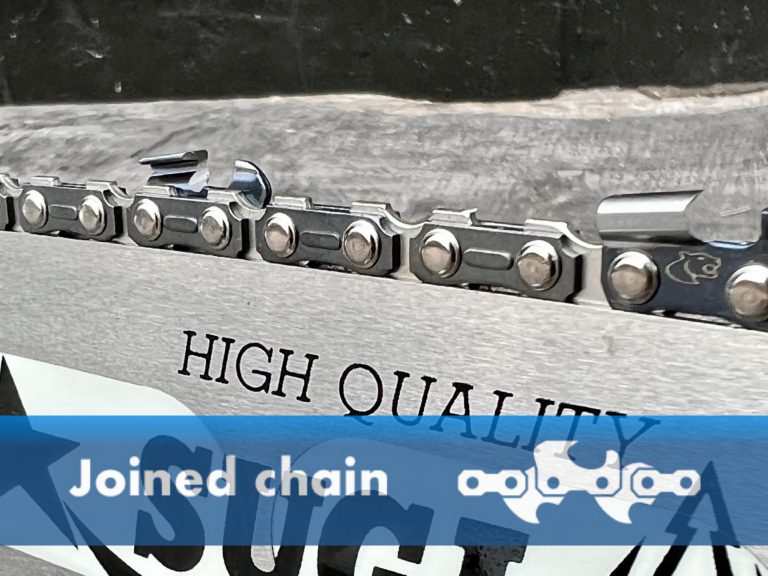
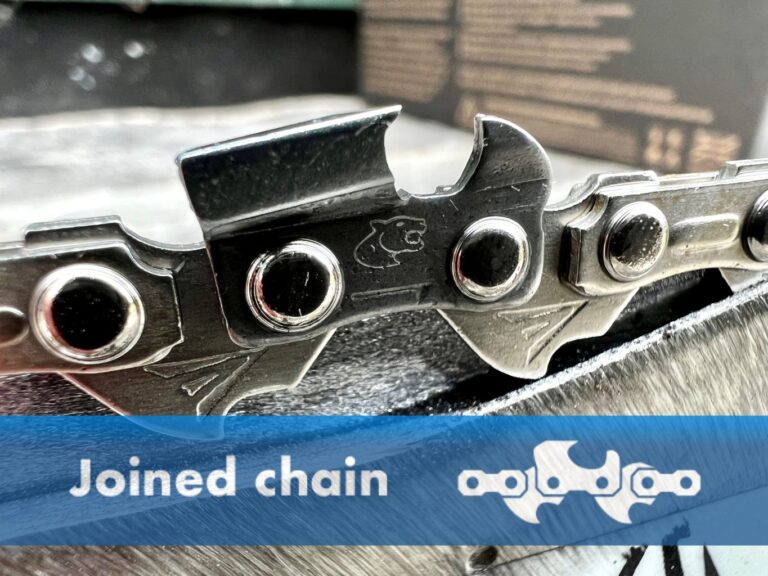
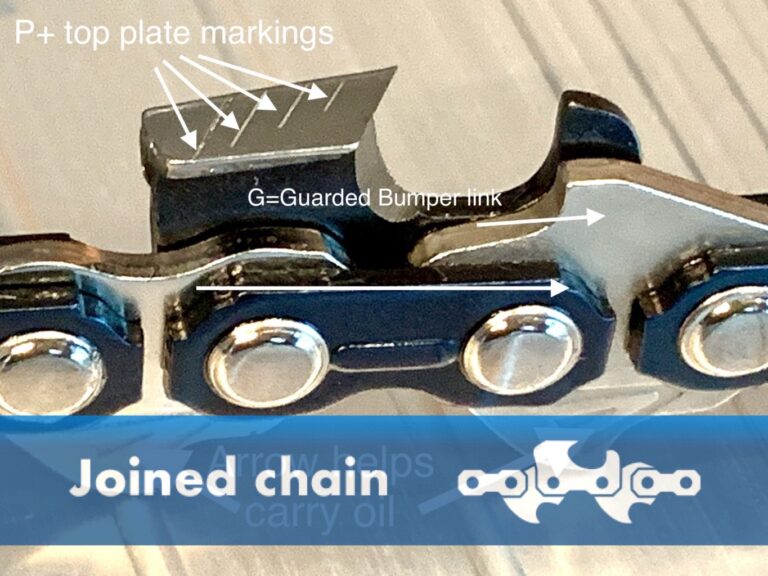
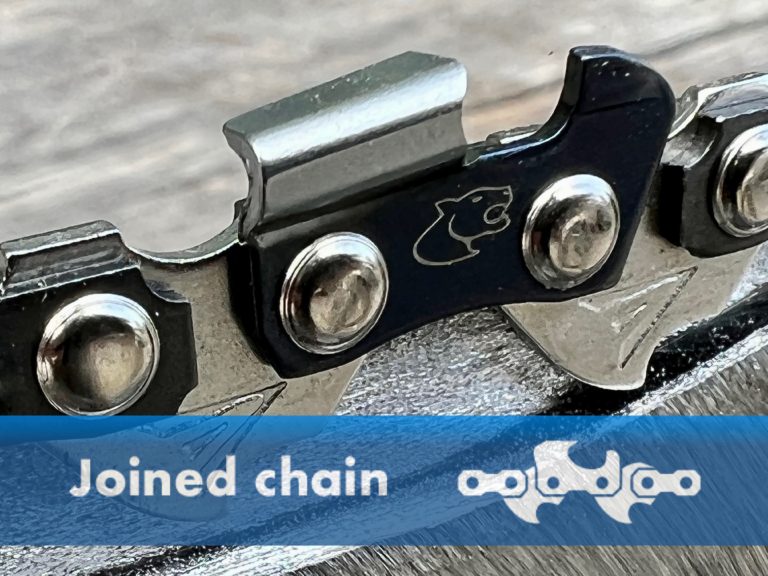
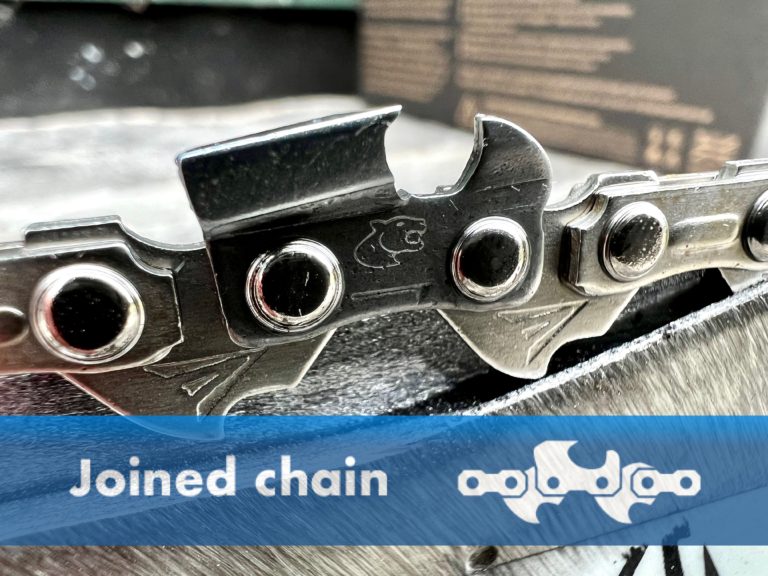
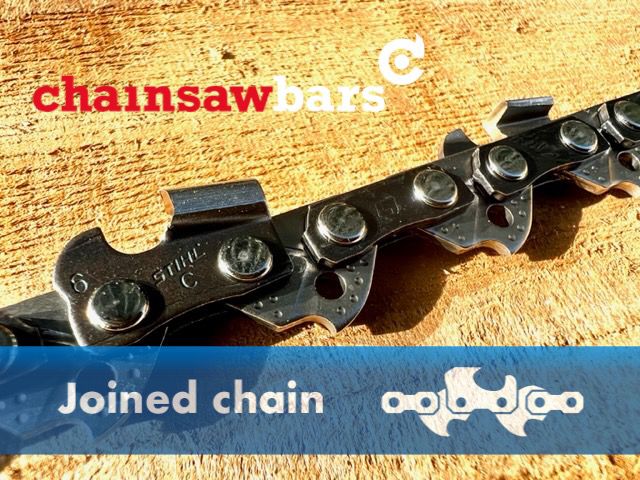
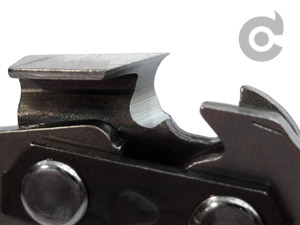
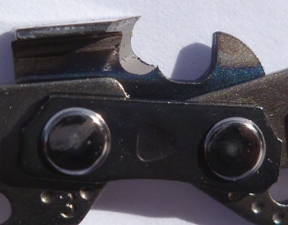
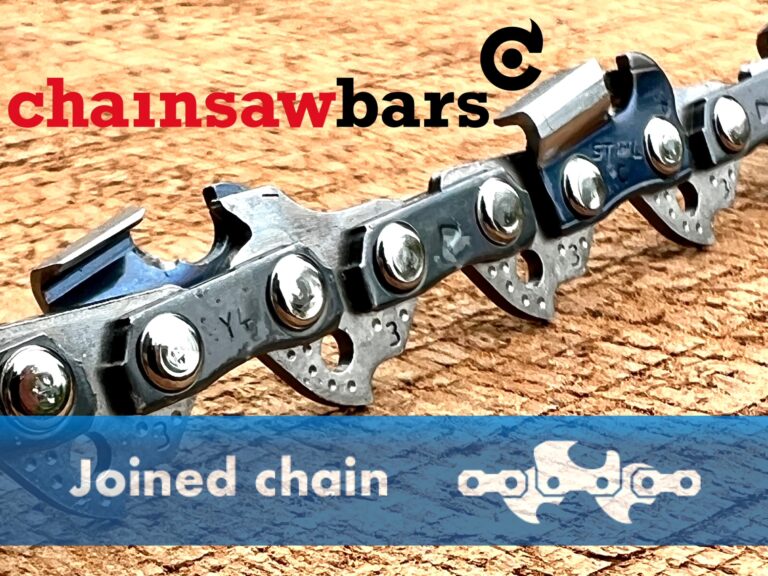
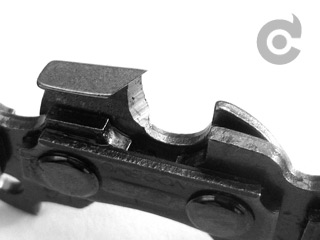
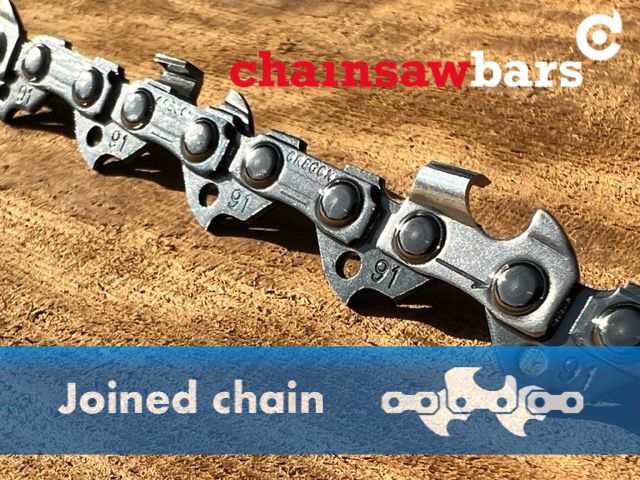
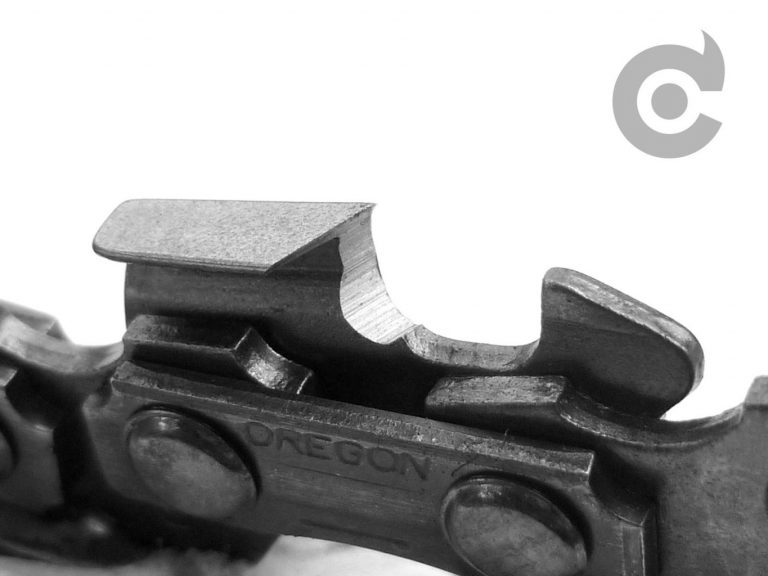
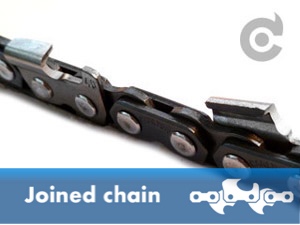
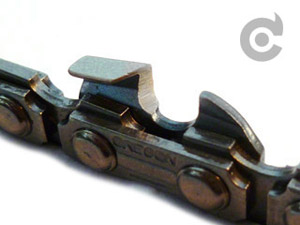
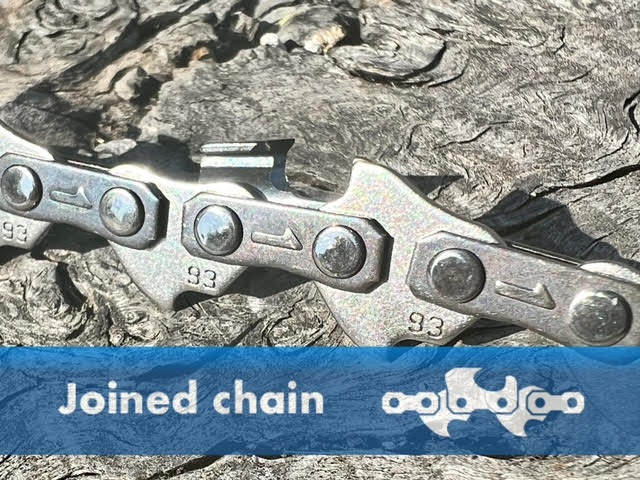
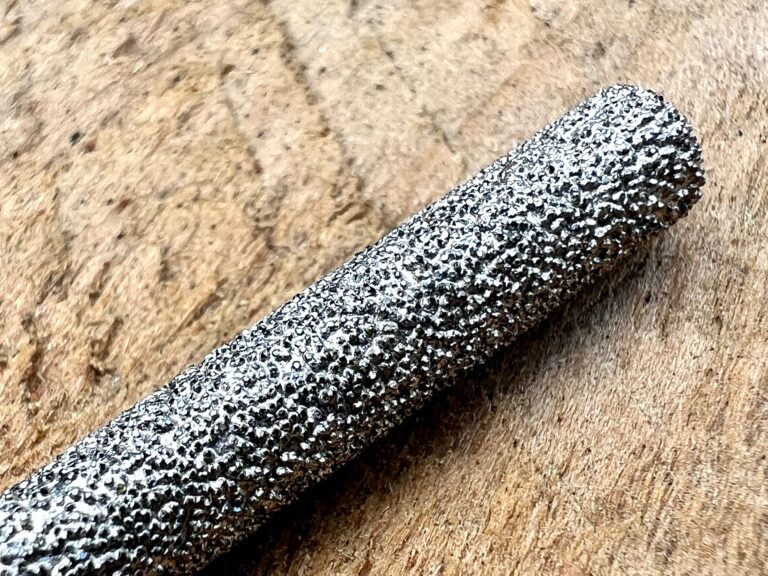
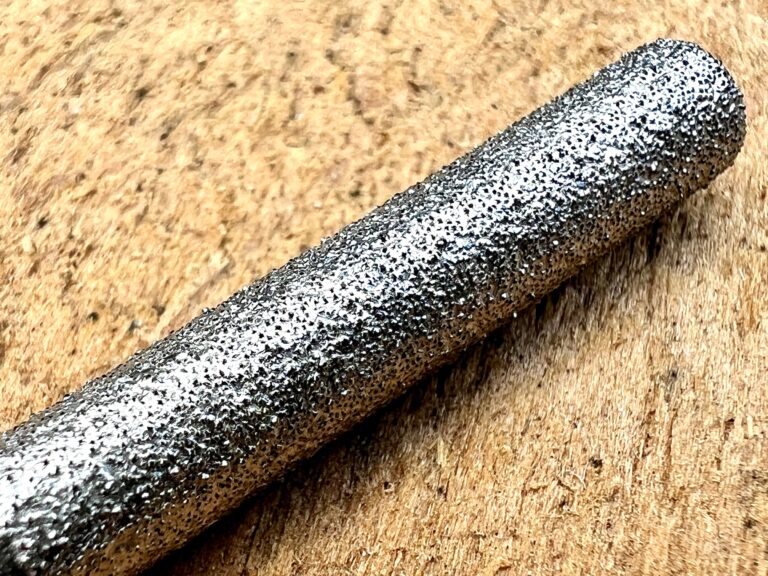
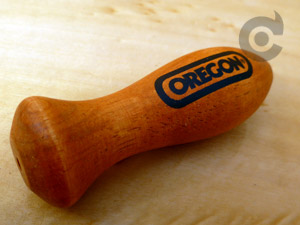
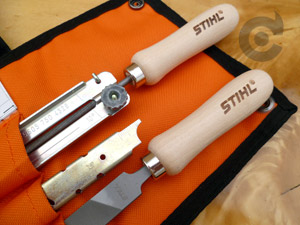
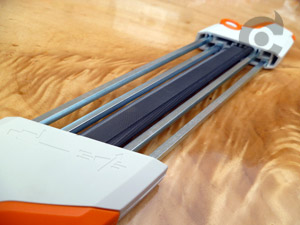
![56057504306 Stihl 2 In 1 Easy File 3.2mm[1/8"] Sharpens 1/4 .043 Picco Chain](https://www.chainsawbars.co.uk/content/uploads/stihl-easy-file-1-1.jpg)
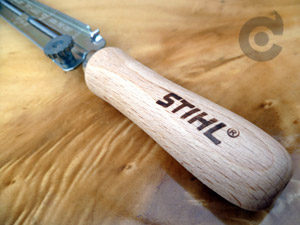
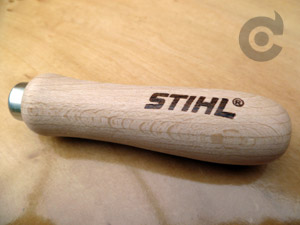
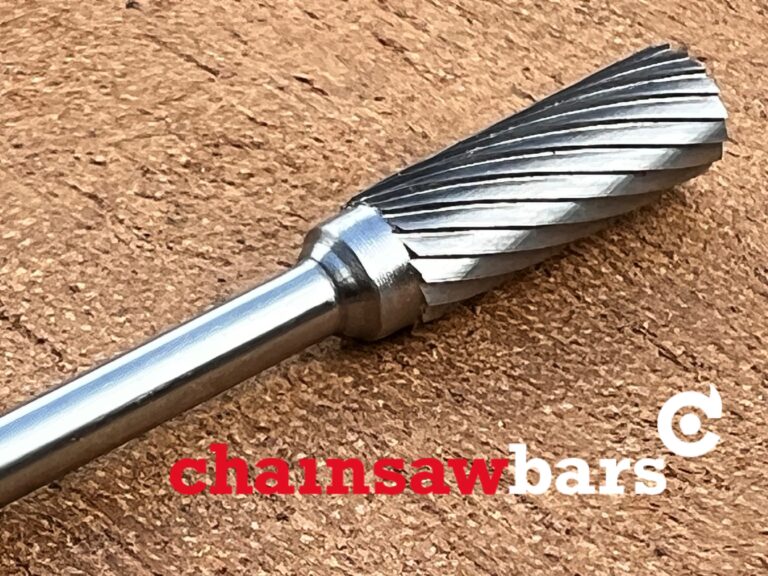

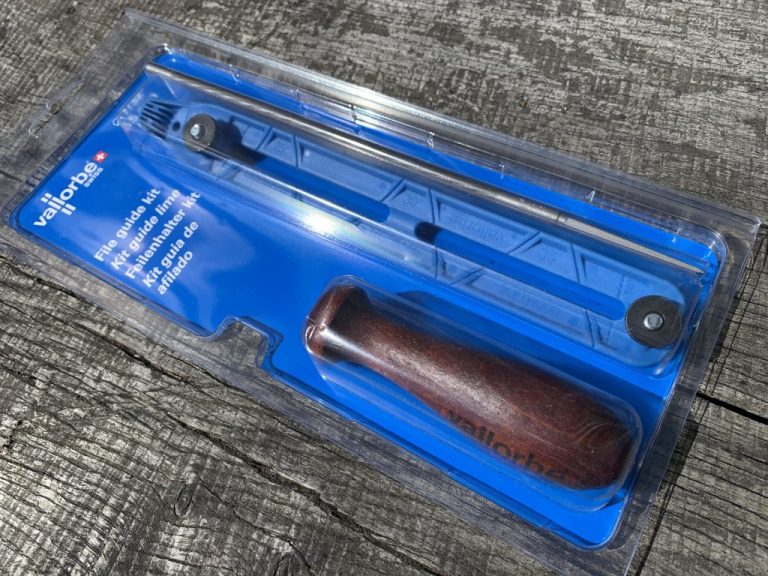
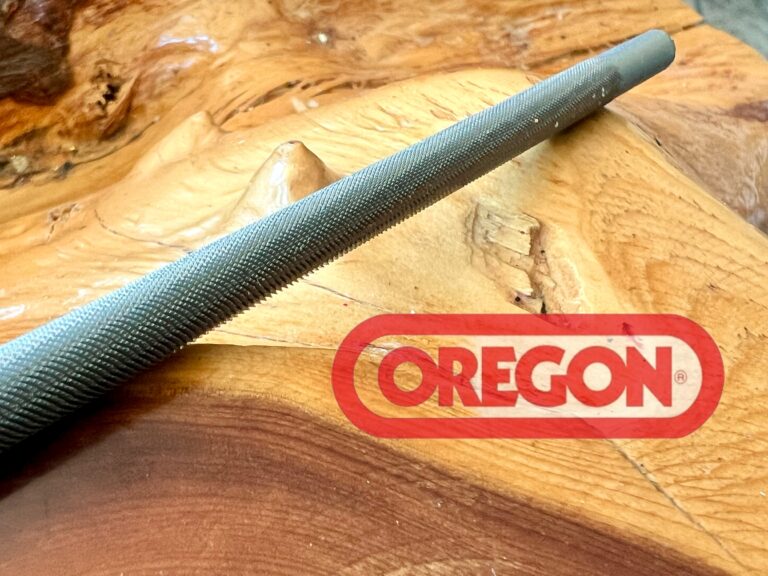
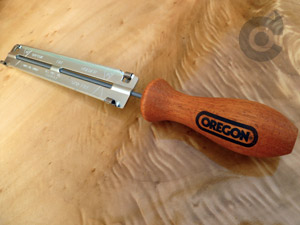
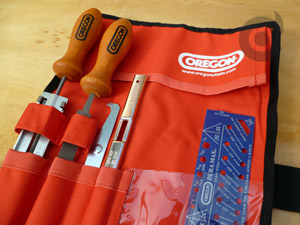
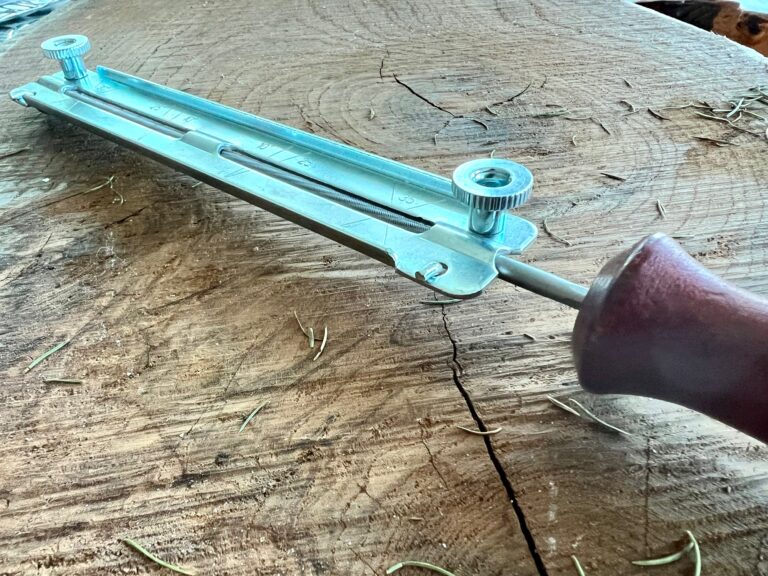
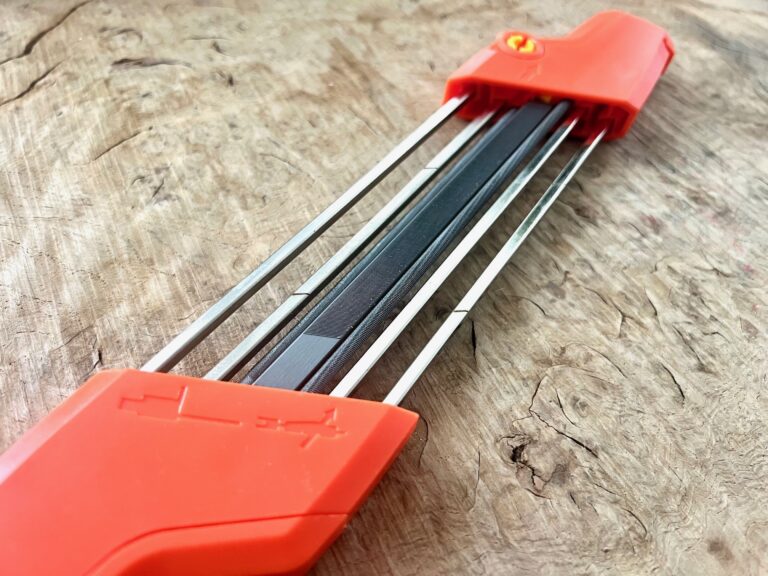
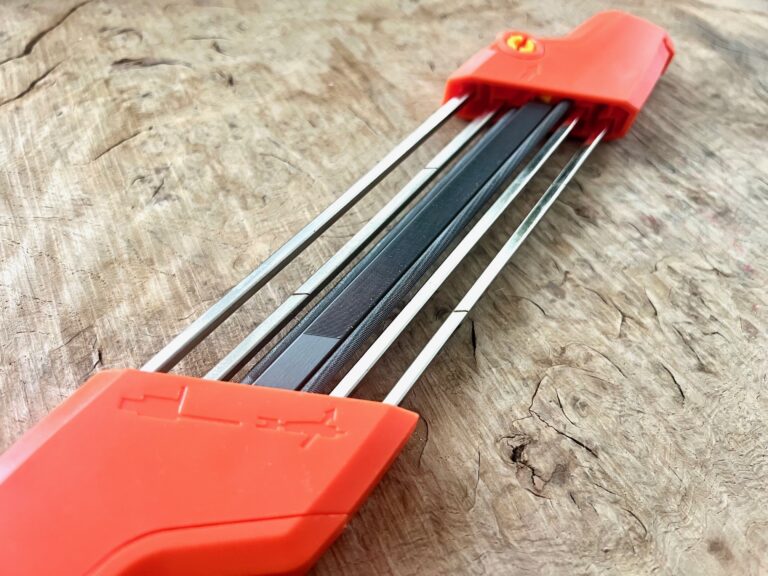
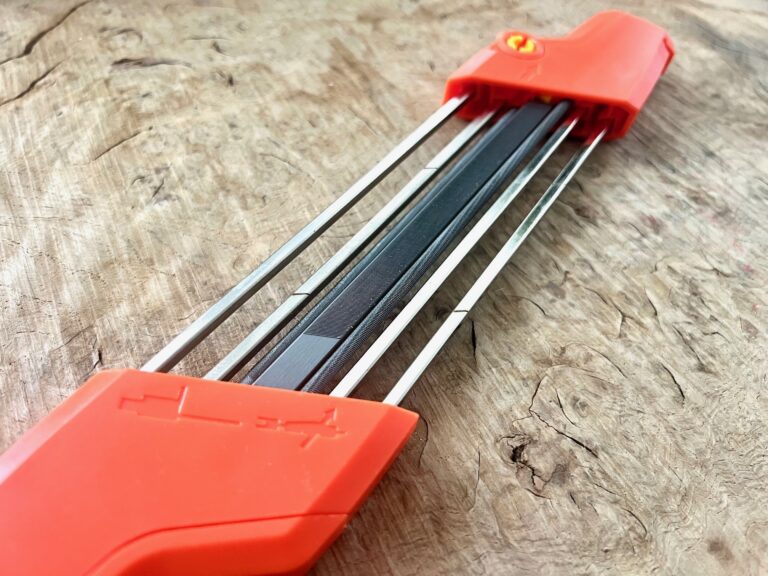
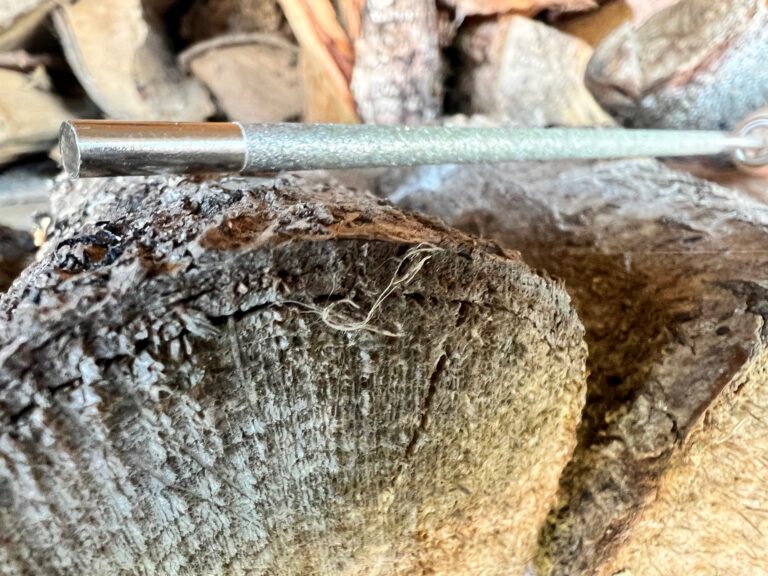
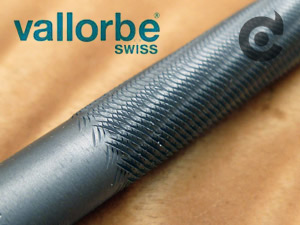
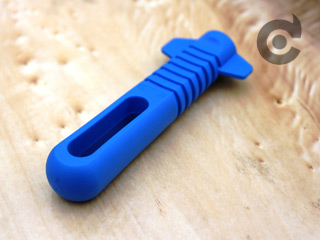
![[S4-NS] SNHDS28-50WR-KIT 28"[71cm] GB Lo Pro Milling Bar+Chains Kit 3/8 Lo Pro .050 92 drive links](https://www.chainsawbars.co.uk/content/uploads/SNHDS28-50WR-KIT-2871cm-GB-Lo-Pro-Milling-Bar-Kit-350x263.jpg)
![[S4-NS] SNHDS20-50WR 20"[50cm] GB Lo Pro Milling Bar[Double Slot] 3/8 Lo Pro .050 72 drive links](https://www.chainsawbars.co.uk/content/uploads/SNHDS20-50WR-2050cm-GB-Lo-Pro-Milling-BarDouble-Slot-350x263.jpg)
![[S5-NS] HSSA64-50WR-KIT 64"[162cm] GB Lo Pro Milling Bar[Single Slot]+Chains Kit 3/8 Lo Pro .050 196 drive links](https://www.chainsawbars.co.uk/content/uploads/HSSA64-50WR-KIT-64162cm-GB-Lo-Pro-Milling-Bar-Kit-350x263.jpg)
![[S4-NS] SNHDS25-50WR-KIT 25"[63cm] GB Lo Pro Milling Bar+Chains Kit 3/8 Lo Pro .050 84 drive links](https://www.chainsawbars.co.uk/content/uploads/SNHDS25-50WR-KIT-2563cm-GB-Lo-Pro-Milling-Bar-Kit-350x263.jpg)